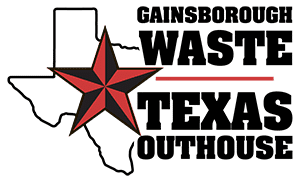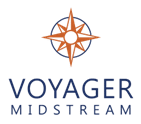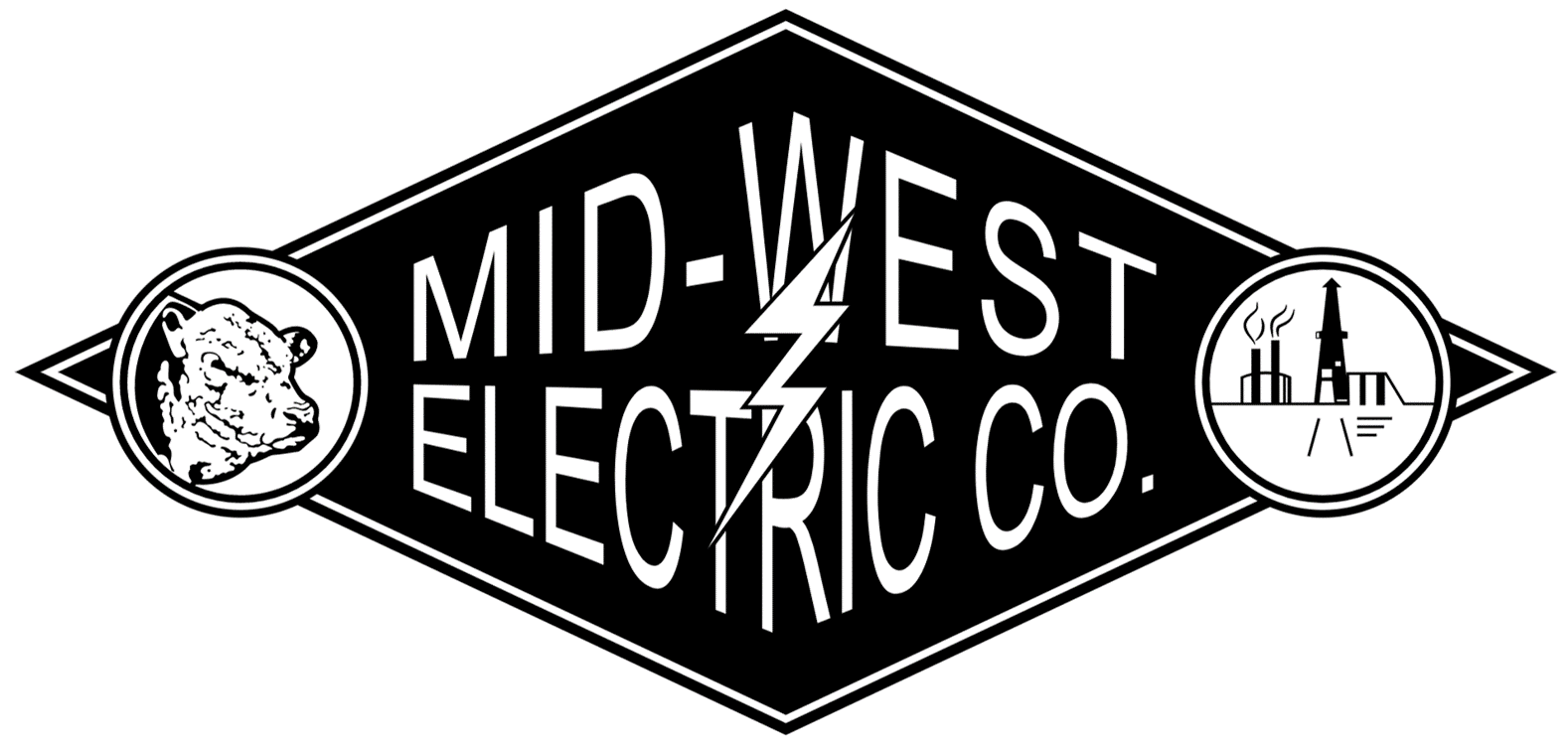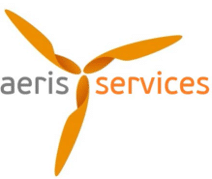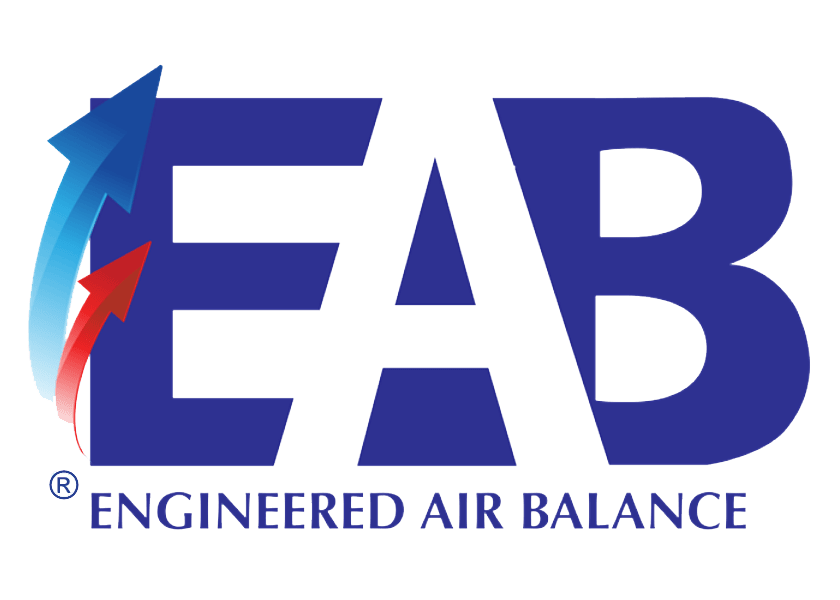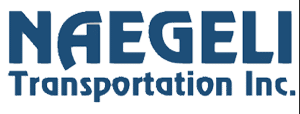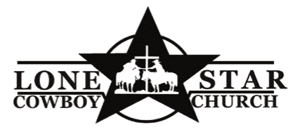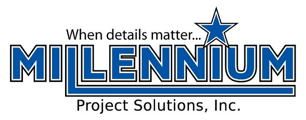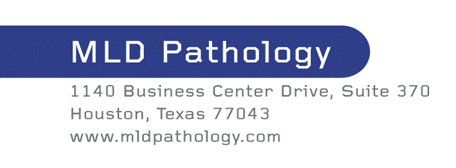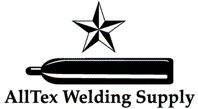 In addition to providing ongoing support and training for your hiring managers, it’s essential to maintain a candidate pipeline, track turnover and create a metrics-driven scoreboard to continually evaluate your organization’s recruiting efforts.
In addition to providing ongoing support and training for your hiring managers, it’s essential to maintain a candidate pipeline, track turnover and create a metrics-driven scoreboard to continually evaluate your organization’s recruiting efforts.
Maintaining a candidate pipeline will assist in forecasting and planning your hiring needs. Instead of reacting to a workload crisis and rushing to make a hire, proactively assess your employment needs on a regular basis and look to fill in necessary gaps before they become a problem for your team.
Make sure you’re tracking turnover. Evaluate the reasons why people leave your organization through exit interviews and surveys. Determine what needs to evolve or change from the feedback you are provided, and meet with leadership to prioritize initiatives and develop strategic solutions.
Are you tracking metrics such as time to fill on key positions? If not, you should be keeping a close eye on how long it is taking to fill positions, especially positions that traditionally have higher turnover in your organization. Having data for these positions will allow you to plan better and be proactive in the recruiting process instead of reactive. There are certain positions that you will learn you always need to have an active talent pool in your pipeline to ensure you can move quickly with candidates when necessary.
The Society for Human Resource Management (SHRM) reported that, on average, it costs a company 6 to 9 months of an employee’s salary to replace him or her. For an employee making $60,000 per year, that comes out to $30,000 – $45,000 in recruiting and training costs.
There are many different key metrics that may be important to an organization such as time to fill, cost of hire, etc. To learn more about what metrics your organization should be keeping an eye on and tracking, give us a call and we’ll set up a Discovery Session!













